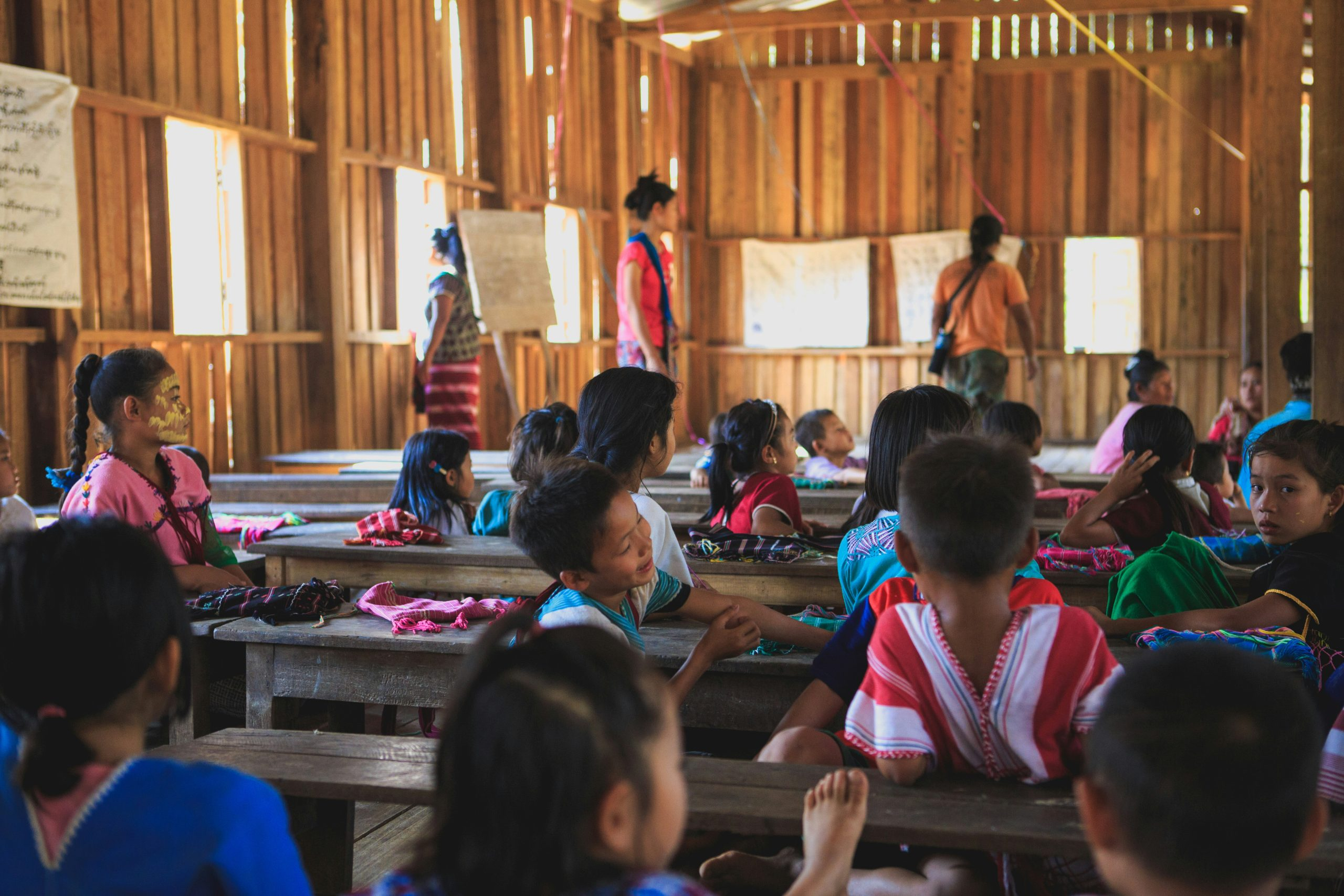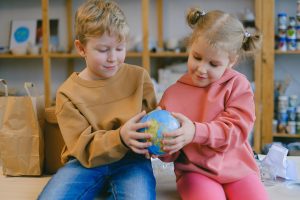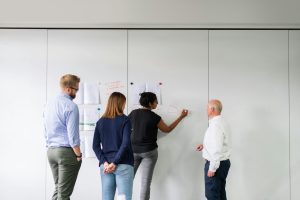Reimagining education for a sustainable and greener future
In today’s world, the idea of a sustainable and environmentally-friendly future has become more pressing than ever. With the ever-increasing effects of climate change and our growing population, it is clear that we need to take drastic measures to ensure a healthier planet for future generations. One of the key areas where we can make a difference is in education. By reimagining education and making it more focused on sustainability and environmental awareness, we can play a crucial role in creating a greener and more sustainable future.
The Need for Change
Our current educational system is outdated and inadequate in preparing students for the realities of a changing world. While traditional subjects such as math, science, and language are essential, they often neglect crucial topics such as environmentalism and sustainability. This leaves students ill-equipped to understand and address the critical issues facing our planet.
Furthermore, our education system promotes a consumerist mentality, encouraging individuals to value constant economic growth and material possessions. This mindset is not sustainable in the long run and contributes to the depletion of natural resources and the degradation of the environment.
However, by reimagining education and incorporating principles of sustainability, we can address these issues and create a society that values our planet’s well-being above all else.
The Role of Education
Creating Environmental Awareness
One of the main ways education can contribute to a sustainable future is by creating environmental awareness. By teaching students about environmental issues and the impact of human activities on the planet, we can inspire them to become more environmentally conscious and responsible citizens.
Through practical learning experiences, such as gardening projects or field trips to local natural areas, students can gain a deeper understanding of their relationship with the environment. This can also instill a sense of connection and responsibility towards nature, encouraging them to make more mindful decisions in their daily lives.
Integrating Sustainability into Curriculum
The traditional school curriculum is often compartmentalized, with subjects taught in isolation from one another. By integrating sustainability into different subjects, students can understand the interconnectedness of various topics and how they relate to the environment.
For example, in science classes, students can learn about renewable energy sources and their impact on the environment. In social studies, they can explore the history of environmentalism and the struggles of indigenous communities to protect their land. These interdisciplinary approaches can cultivate a deeper understanding of sustainability and its role in different aspects of our lives.
Rethinking the Learning Environment
In addition to incorporating sustainability into the curriculum, reimagining education also involves creating an eco-friendly learning environment. Schools should strive to become models of sustainability, setting an example for students to follow.
This can involve simple changes such as implementing recycling and waste reduction programs, using energy-efficient appliances, and installing solar panels. Schools can also incorporate green building practices, such as using sustainable materials and designing buildings that allow natural light and ventilation, reducing energy consumption.
The Impact of Reimagining Education
By incorporating sustainability into education, we can create a ripple effect that goes beyond the walls of the classroom. When students learn about environmental issues and how their actions can make a difference, they are more likely to become environmentally responsible citizens. This can result in a more conscious society that values and protects the environment.
Furthermore, by teaching students to think critically and creatively about sustainability issues and potential solutions, we can foster a generation of innovators who can develop sustainable technologies and practices to tackle environmental challenges.
In Conclusion
Reimagining education for a sustainable and greener future is crucial for the well-being of our planet. By creating environmental awareness, integrating sustainability into the curriculum, and rethinking the learning environment, we can equip future generations with the knowledge and skills needed to build a more sustainable world. It is time for education to lead the way towards a greener and more sustainable future.











